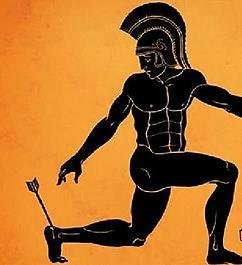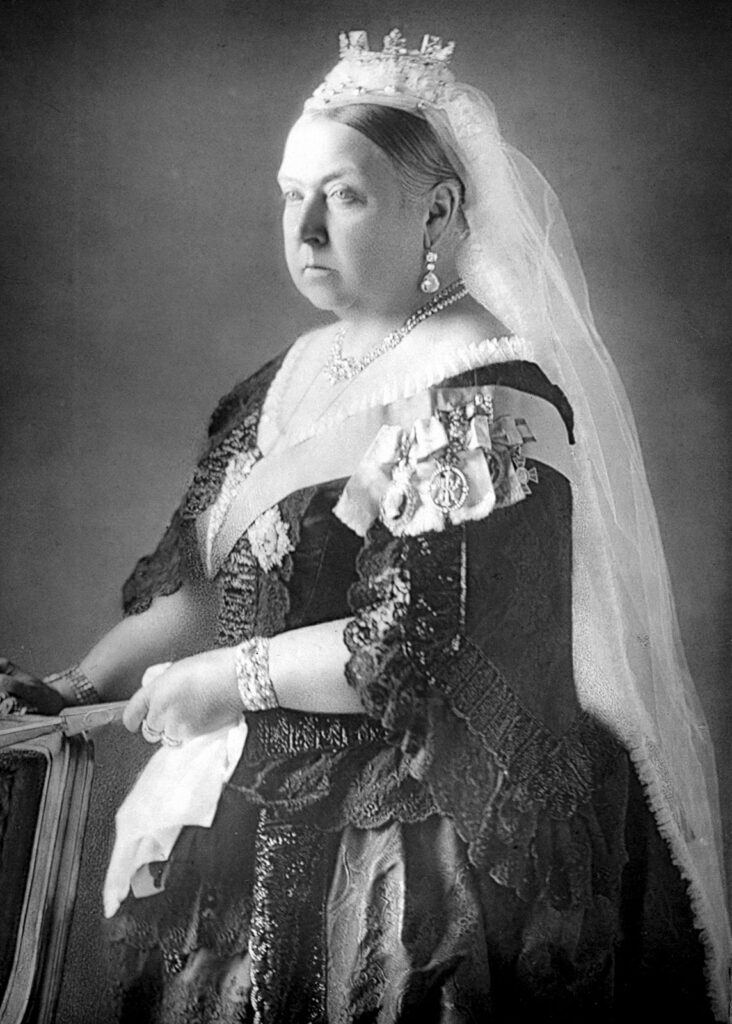A Pandora’s Box of Myths
It’s Bleeding Disorder Awareness Month! True: Designated in 1986 as Hemphilia Awareness Month this is the month to educate the public—and ourselves—about bleeding disorders.

I usually start with what hemophilia is not. Perhaps because hemophilia is so rare, it has generated many myths. Myths are stories, sometimes created by people in an attempt to make something understandable when scientific information is unavailable. Remember the Greek tale of Pandora’s Box? Pandora was the first woman on earth. She was given a wedding gift from the gods, a beautiful container. But she was warned never to open it. Driven by curiosity, she disobeyed the gods and opened it. Inside were evils—hate, disease, pain—that flew out of the container and escaped into the world. This story was invented by the ancient Greeks to explain sickness and suffering, because they didn’t know about bacteria and viruses. Some myths develop from a nugget of fact or experience, but then take on a life of their own within certain cultural settings.
Becoming familiar with the most widely held myths about hemophilia and their sources will help you explain the facts of the disorder to others. Here are some common myths about hemophilia.
(Read Pandora’s Box here by Nancy Lister Swayzee)
Myth: Hemophilia is a royal disease.
Truth: Anyone can get hemophilia—rich or poor, famous or unknown. Hemophilia was dubbed the royal disease because in the 1800s, hemophilia affected the family of Queen Victoria of England, who was a carrier of the hemophilia gene. Hemophilia was transmitted to three other royal families when Victoria’s daughters and granddaughters, also carriers, married into the Russian, German, and Spanish royal families. Though it’s no longer known to be present in any European royal family, hemophilia is still often associated with royalty.
Myth: A small cut will cause blood to rush out and a child to bleed to death.
Truth: People with hemophilia do not bleed faster than anyone else. But they will bleed longer because their blood doesn’t clot properly. Still, not every cut will continue to bleed just because a person has hemophilia. Some cuts, especially small ones, stop bleeding on their own.
Myth: Children with hemophilia cannot play sports.
Truth: Children with hemophilia enjoy a wide variety of sports, including swimming, baseball, tennis, running, and martial arts. You’ll realize this someday when you’re chauffeuring your sports fan to various afterschool activities! High-impact contact sports such as football, hockey, and boxing are not advised. Physical activity is always encouraged for children with hemophilia.
Myth: Children with hemophilia must wear helmets and protective gear.
Truth: Although some parents place protective helmets or knee pads on their toddlers, it’s uncommon for a child with hemophilia to wear protective gear for normal activities. Medical treatments today are excellent and easy, offering a normal lifestyle. Of course, all children must wear protective gear when participating in risky activities: helmets should always be worn when riding bikes or motorcycles, ores, or when skiing or snowboarding. Oh yes, your child will be able to do these things one day!
Myth: Children with hemophilia must attend a special needs school.
Truth: Except for having a defective blood protein for blood clotting, our children have normal health and intelligence. They can be enrolled in any school. Overall, your child is normal and will be treated as such by the school system and the public.
Myth: Children with hemophilia need to be placed in special schools or classes.
Truth: Except for having a defective blood protein for blood clotting, our children have normal health and intelligence. They can be enrolled in any school. Overall, your child is normal and will be treated as such by the school system and the public.
Myth: Children with hemophilia will grow out of it.
Truth: Hemophilia is a lifelong condition. Your child does not have a disease that will get better or go into remission. Your child will not grow out of hemophilia: the mechanism for producing clotting factor is defective. Hemophilia is part of his genetic makeup, just like traits for hair or eye color, which can’t be outgrown. However, there is now a genetic therapy available for hemophilia B that will give, with one shot, protection against uncontrollable bleeds for a long time.
Myth: Hemophilia is caused by something you did during pregnancy.
Truth: Nothing you did while pregnant gave your baby hemophilia. Women who have perfect pregnancies and follow every safety precaution can give birth to children with hemophilia. There’s nothing you could have done to prevent hemophilia; nor could you have changed your child’s hair or eye color. Hemophilia is simply part of his genetic makeup.
Don’t feel guilty; get educated, and educate others. Now’s the month especially to do this!






